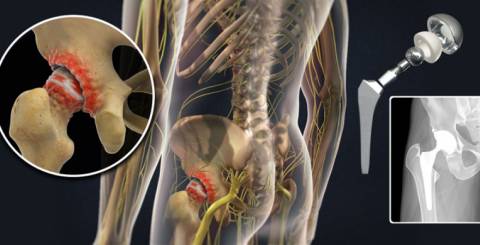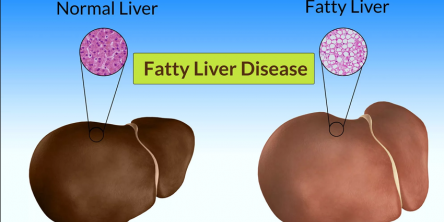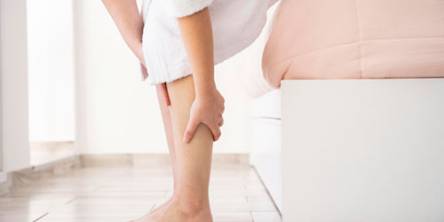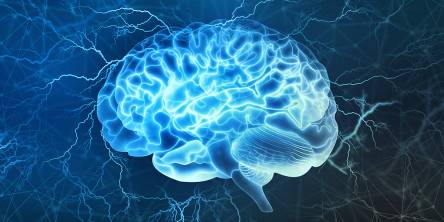Gear Up For Active Life With Total Hip Replacement

Total Hip Replacement for Hip Arthritis:
Total hip replacement surgery involves the replacement of diseased cartilage and bone of the hip with artificial materials. The artificial component is made up of chromium, titanium cobalt and ceramic. The femur which is damaged because of arthritis is surgically treated by removing the damaged femur and replaces the ball-and-socket component of hip with artificial implants. Total Hip Replacement Surgery helps the patients to resume daily activities with ease by relieving the pain and improving the mobility.
Indications and Eligibility for Total Hip Replacement Surgery:
Indications & Eligibility:
- Symptoms range from mild discomfort to severe pain and immobility is an indication for total hip replacement surgery.
- Unbearable hip pain most commonly affects people who are middle-aged and older this is also an indication for total hip replacement surgery.
- A chronic osteoarthritis of the hip can expect total hip replacement surgery.
- If X-rays shows severe joint damage and no other means of treatment is helpful to provide relief that is also an indication of total hip replacement surgery.
- Osteoarthritis is the most common cause of hip joint damage that causes pain and affects the daily activities despite of several treatments.
- Patients suffering from rheumatoid arthritis; a chronic inflammatory disease that causes joint pain, stiffness and swelling should undergo Total Hip Replacement Surgery.
- Osteonecrosis which is the death of bone caused by insufficient blood supply, injury, fracture and bone tumours. This may lead to breakdown of the hip joint and need total hip replacement surgery.
Additional Facts and Considerations for Total Hip Replacement Surgery:
Patients suffering from Rheumatoid arthritis which is a disease that causes joint pain, stiffness, and swelling may be suggested Total hip replacement surgery. Osteonecrosis which is a disease that causes the bone and joints to die. The very common reason for hip replacement is osteoarthritis in the hip joint.
Total Hip Replacement Surgery Recovery:
- Depending on the severity of the pain medication (pain killer) will be given.
- Anticoagulants may be prescribed for several weeks following surgery.
- With a cemented or hybrid hip patients can usually put some weight on their leg right away, but they will still need a walker, a cane, or crutches for several weeks.
- Within 24 hrs weight is loaded on a cemented joint and mobilization can be done partially while an un-cemented hip is not permitted to bear weight for about 6 weeks.
- Walker or crutches will be suggested during the initial phase. A physiotherapist will guide you on basic movements and exercises.
Total Hip Replacement Surgery Risks and Complications:
Like every surgery has its own merits and demerits this procedure also has, but with the help of best surgeons round the globe we help every patient to go back home satisfactorily.
Risks and Complications:
- Blood clots; Clots can form in your leg veins after surgery. This could be dangerous because a part of a clot can break off and travel to your lung, cardiovascular system or rarely your brain.
- Infection; Infections can occur at the site of your incision and in the deeper tissue near your new hip.
- Fracture;During surgery, healthy portions of your hip joint may fracture.
- Dislocation; certain positions can cause the ball of your new joint to become dislodged, particularly in the first few months after surgery.
- Change in leg length. Your surgeon takes steps to avoid the problem, but occasionally a new hip makes one leg longer or shorter than the other.
- Loosening: Despite the fact that this difficulty is uncommon with newer implants, your new joint may not turn out to be emphatically settled to your bone or may relax after some time, bringing about agony in your hip. Surgery may be needed to settle the issue.
Similar Articles
We often experience small discomforts or symptoms that seem insignificant, like headaches, fatigue, or brittle nails. Many times, we brush them off, thinking they’ll go away on their own. However, these minor issues might be your body’s way of telling you that something more serious is going on.
According to the World Health Organization (WHO), half to three-quarters of adult persons globally experienced a headache in the past year. Unfortunately, tension headaches are one of the most prevalent symptoms you can have. Furthermore, some tension headaches resemble migraine headaches, making matters worse.
The review of Yakrit Plihantak Churna is going to be amazing. You will know the facts, does it works along its benefits. The liver is the main engine of the body. It is the second largest gland in the body.
A podiatrist is a doctor who focuses on treating foot and ankle ailments. If you have specific medical issues, you may need to see a podiatrist for therapy that your primary doctor cannot offer. Don't overlook pain in your lower leg, foot, ankle, or toes.
A podiatrist is a medical expert who focuses on foot and ankle care. There are various reasons you may need to see one.
Swelling is a common issue that can strike anyone. Occasional leg swelling may occur after a long day on your feet or from sitting too long. However, if your legs are regularly swollen, it could indicate a serious underlying condition. Swelling can cause leg pain, loss of sensation, redness, and itching. If left unmanaged, it can lead to stiffness and difficulty walking.
Choosing the best aesthetic medicine courses will significantly boost your career. Medical professionals looking to expand their practice and stay ahead in the field of aesthetic medicine will find these training programs invaluable
Lower back pain is like a storm gathering over the horizon all day. The dull discomfort, the throbbing feeling, and the stiffness all add up until, like a thunderclap, it explodes into full-fledged pain. It penetrates your whole body, removing choice and control. Your mobility is restricted, making daily tasks difficult, and if not addressed, it can cause permanent damage.
Even though migraine affects over one billion people around the world, it has long been neglected as one of the most devastating diseases on the planet. Migraine headaches are a neurological disorder characterized by recurrent pounding or throbbing headaches, nausea and vomiting, and sensitivity to light, sound, and strong odors









